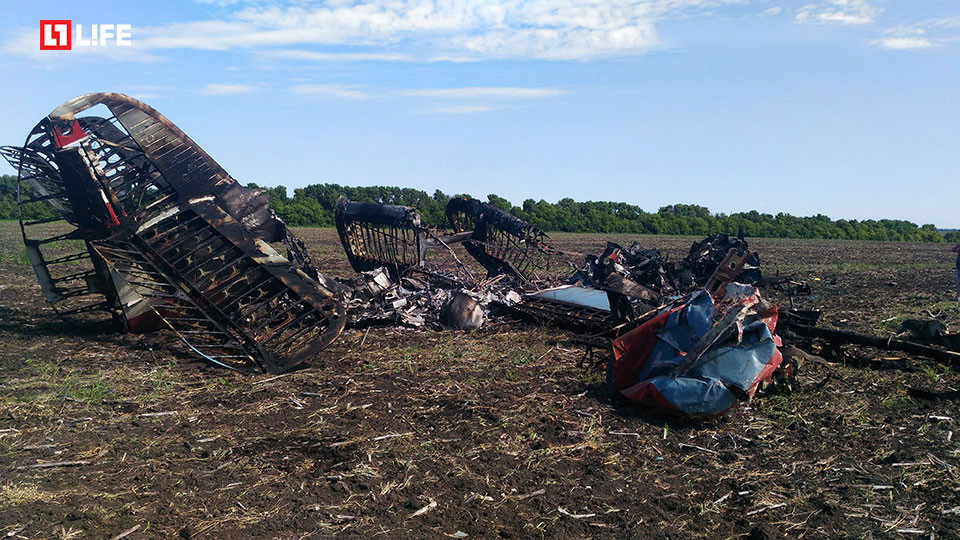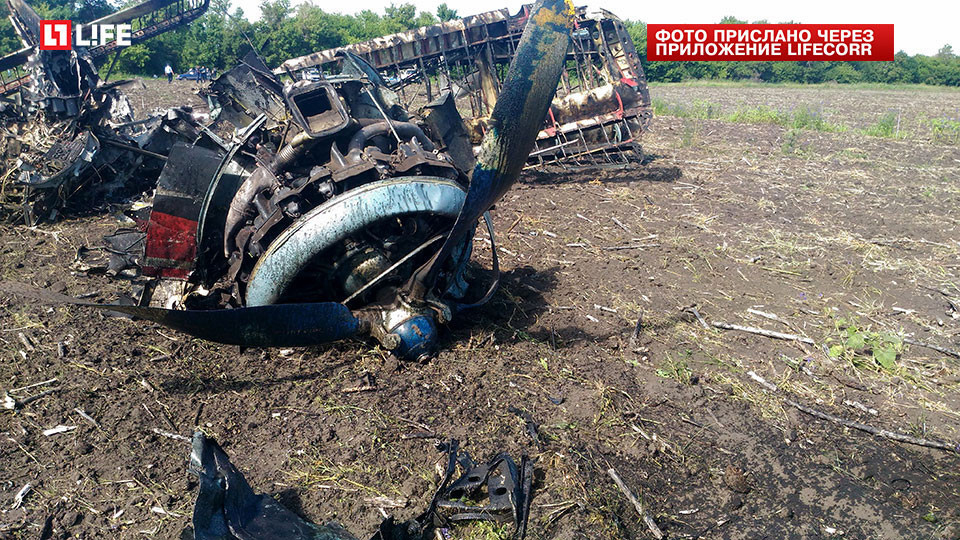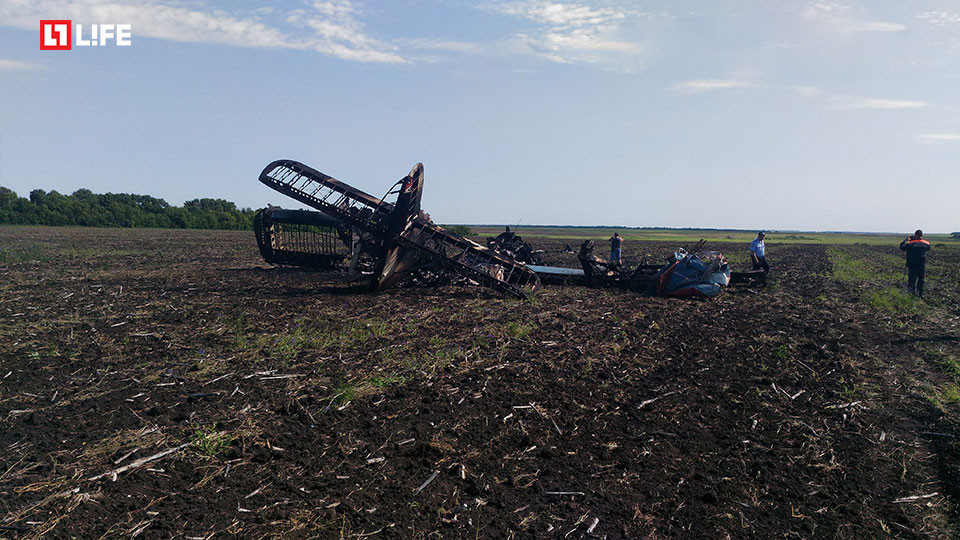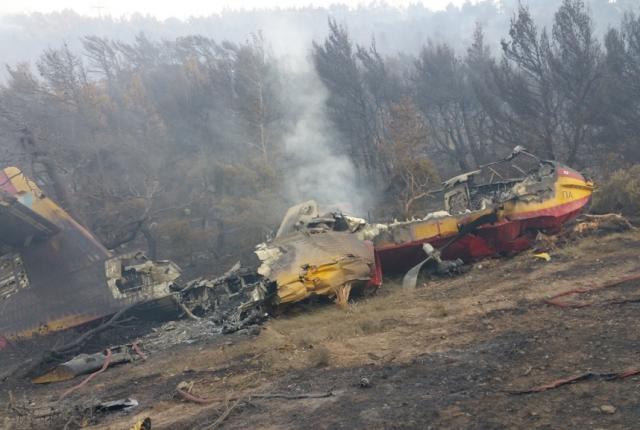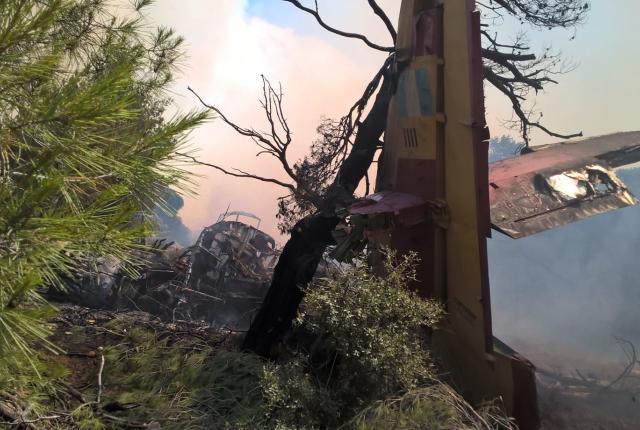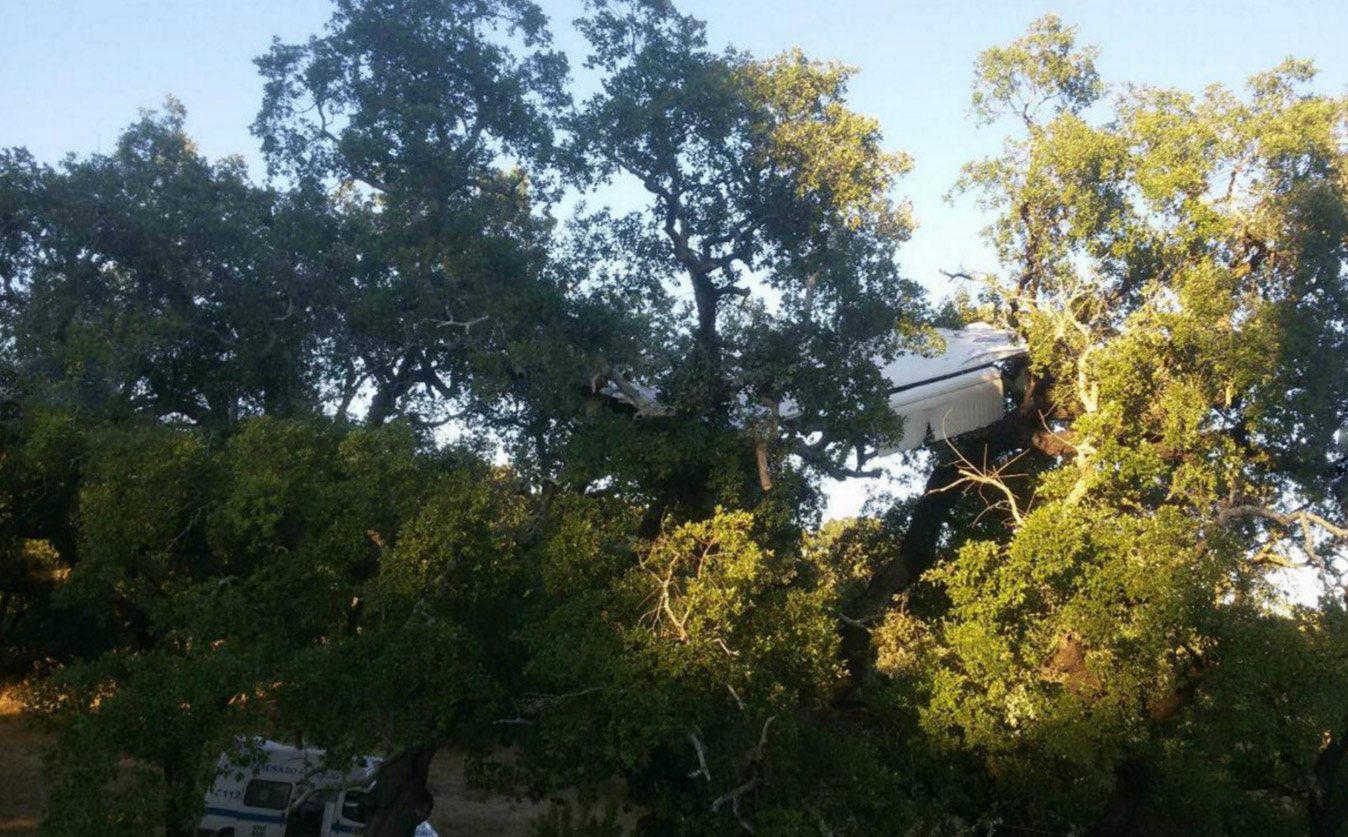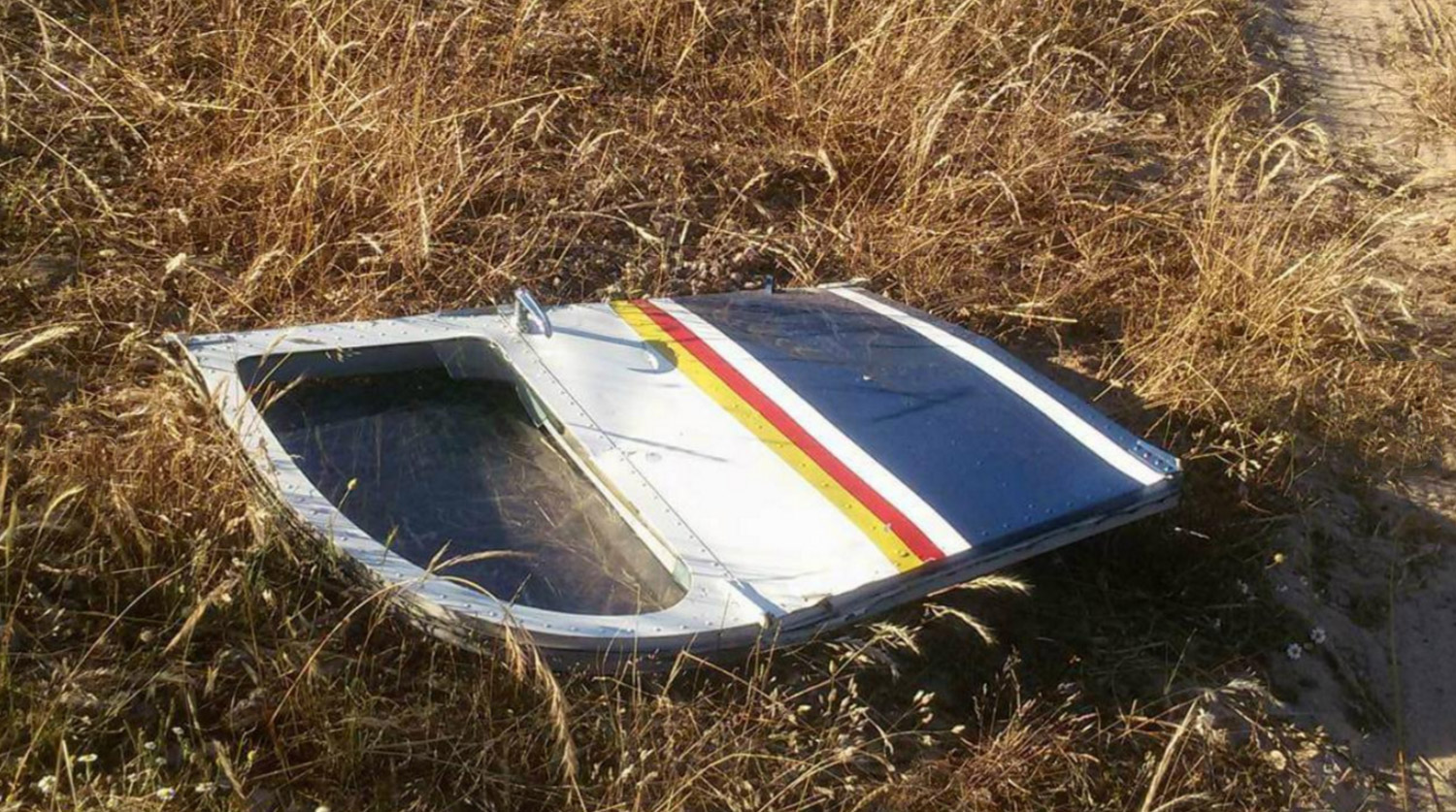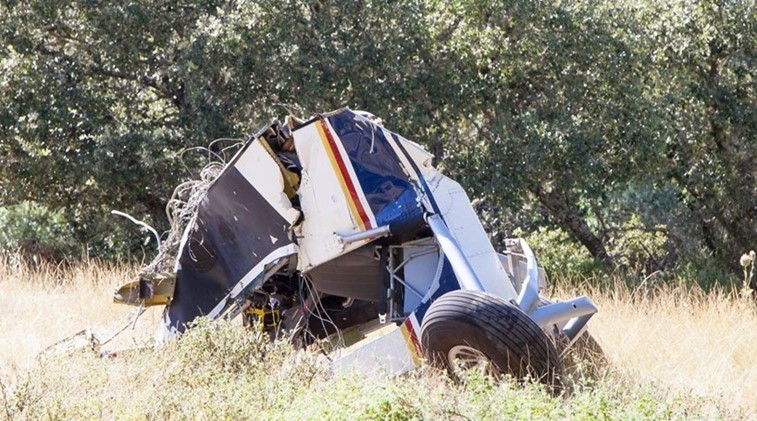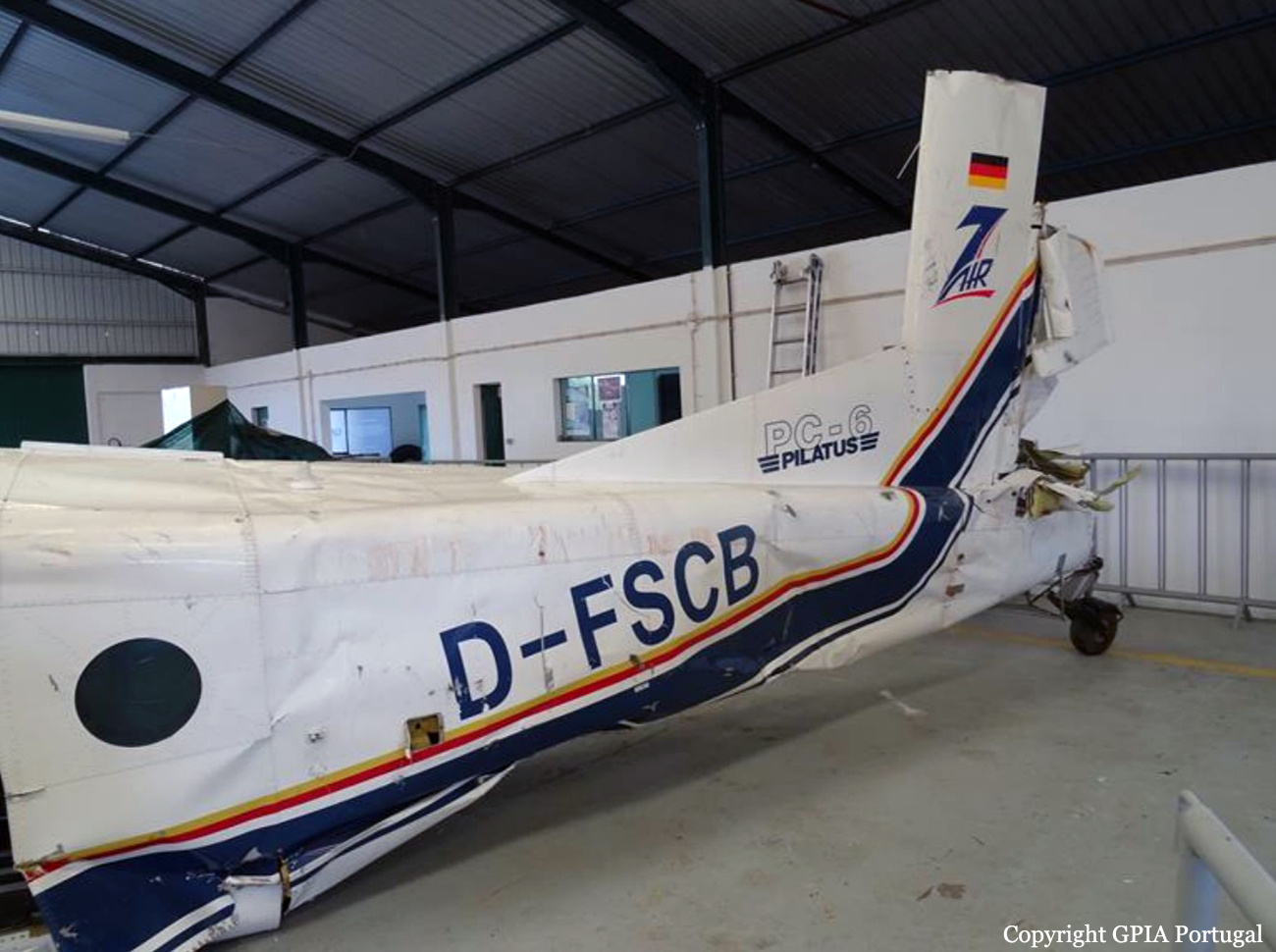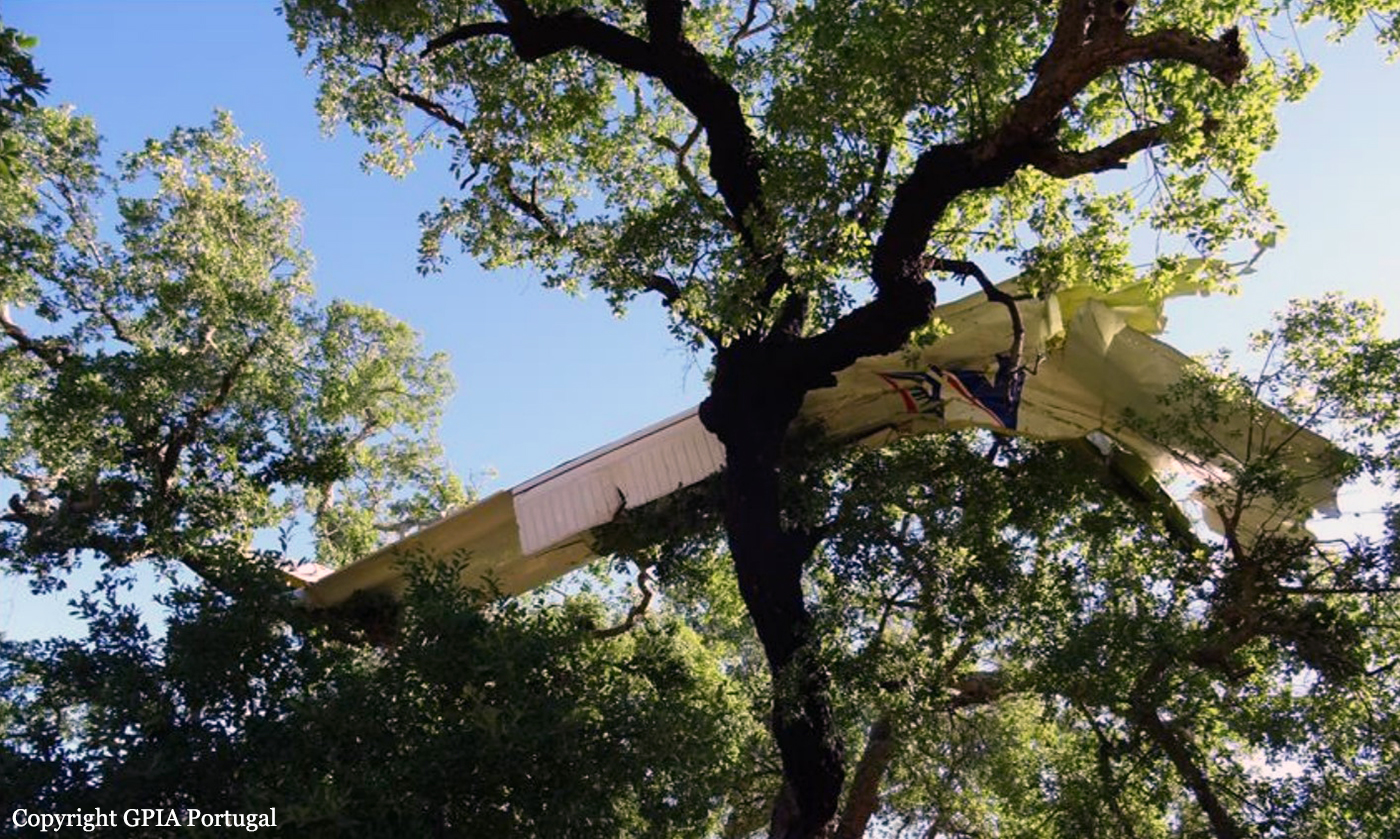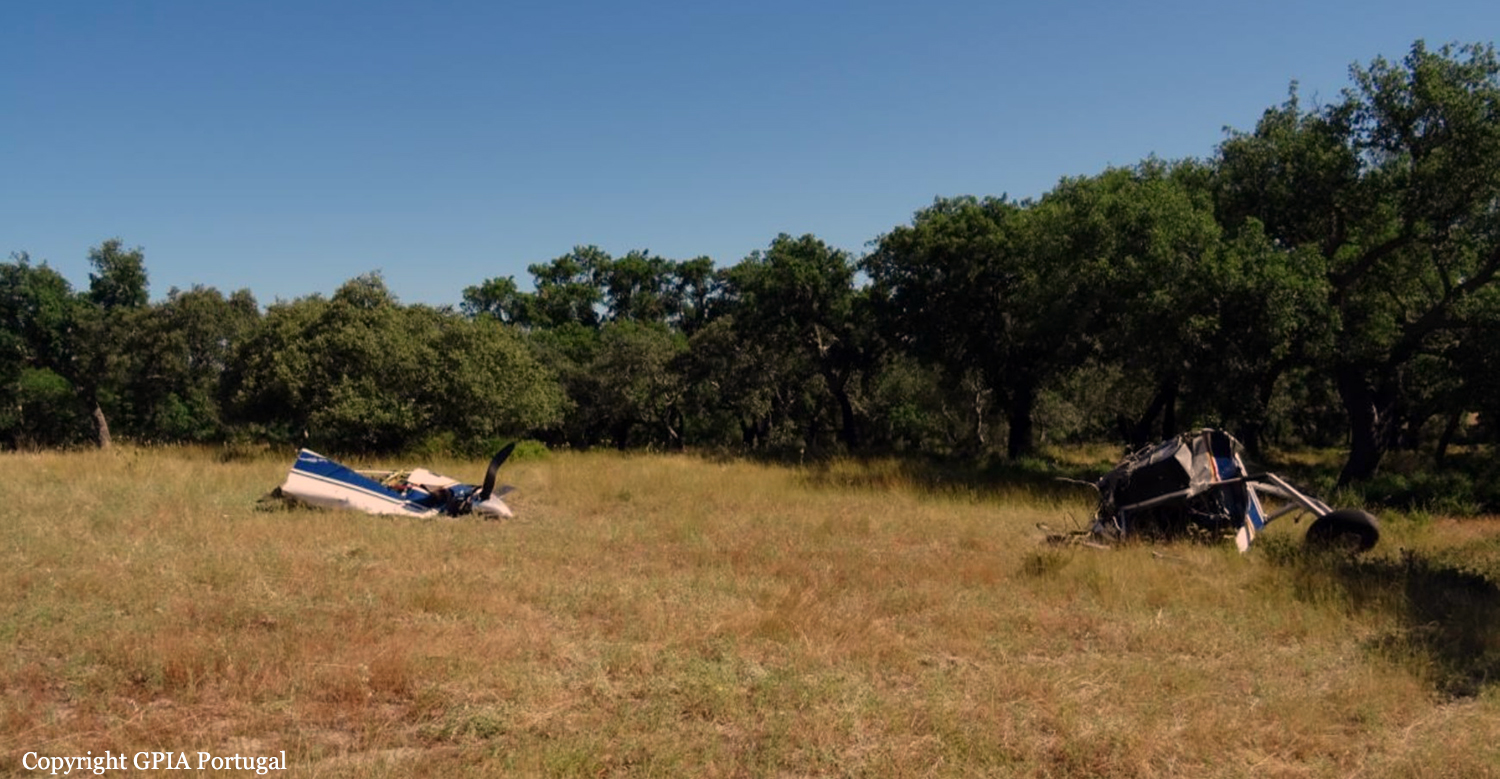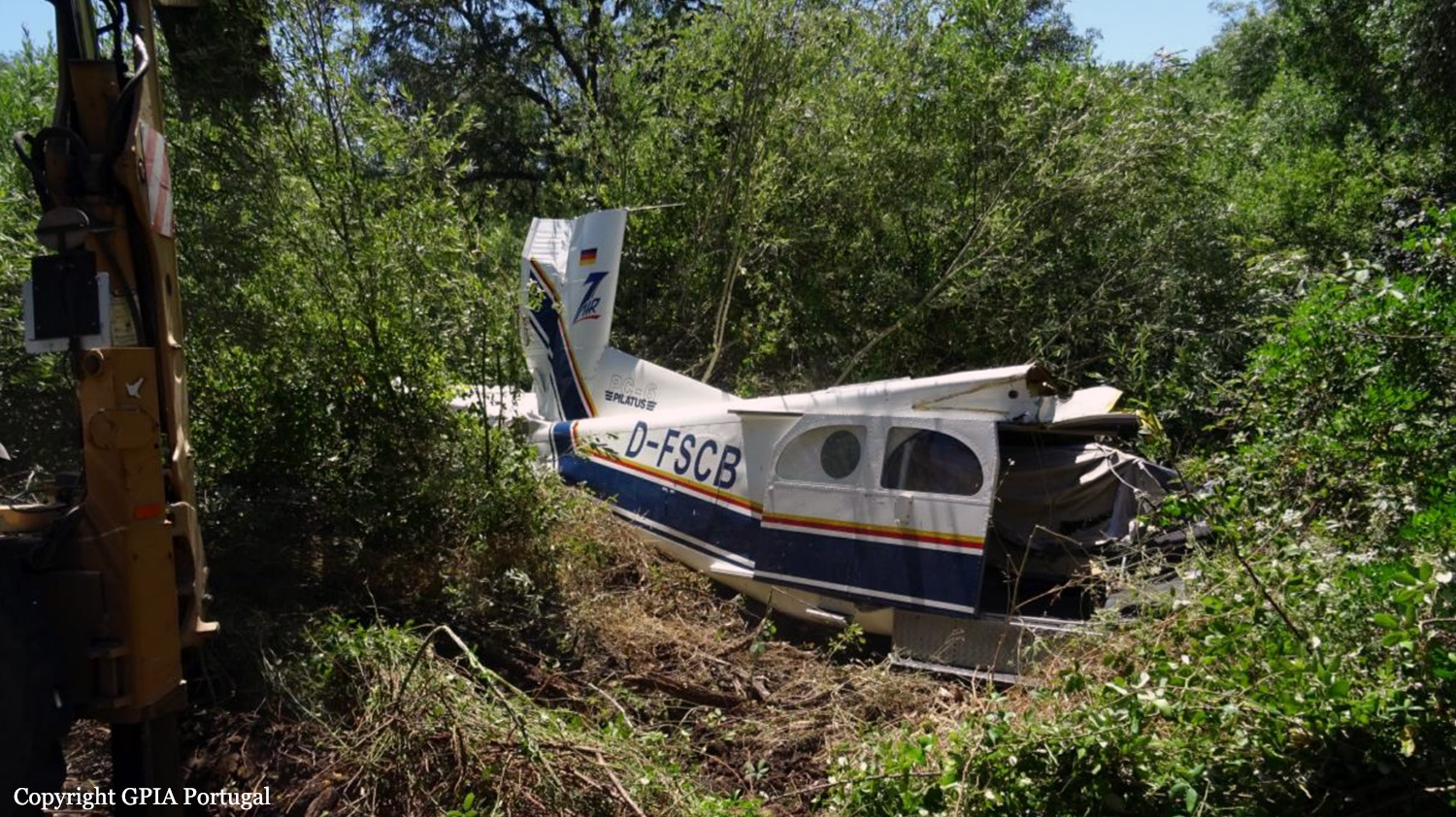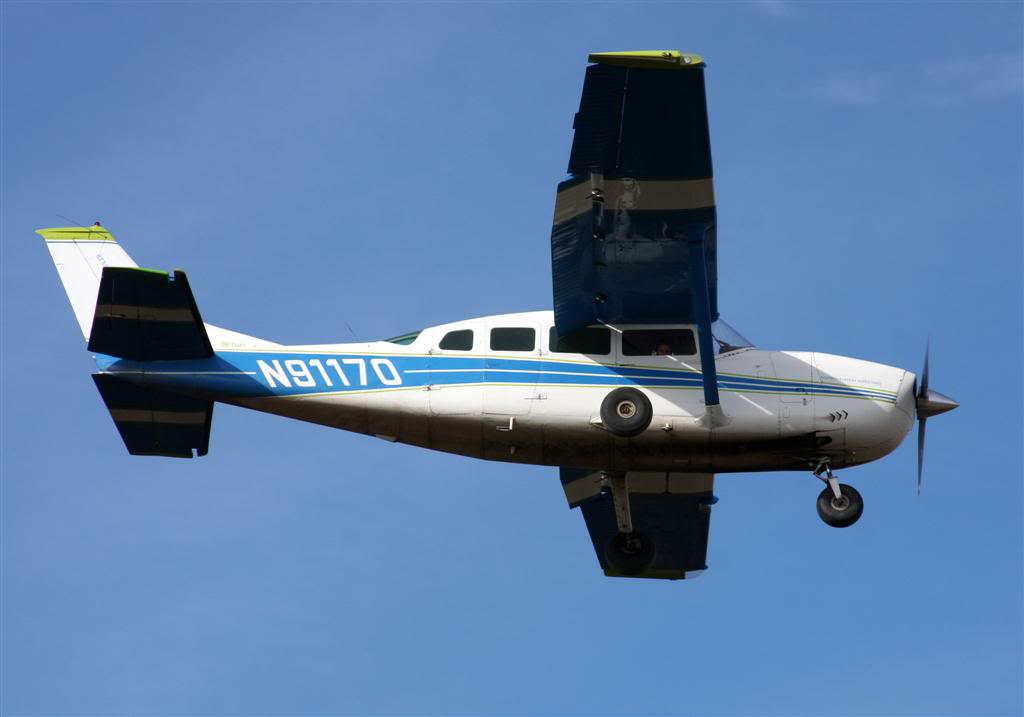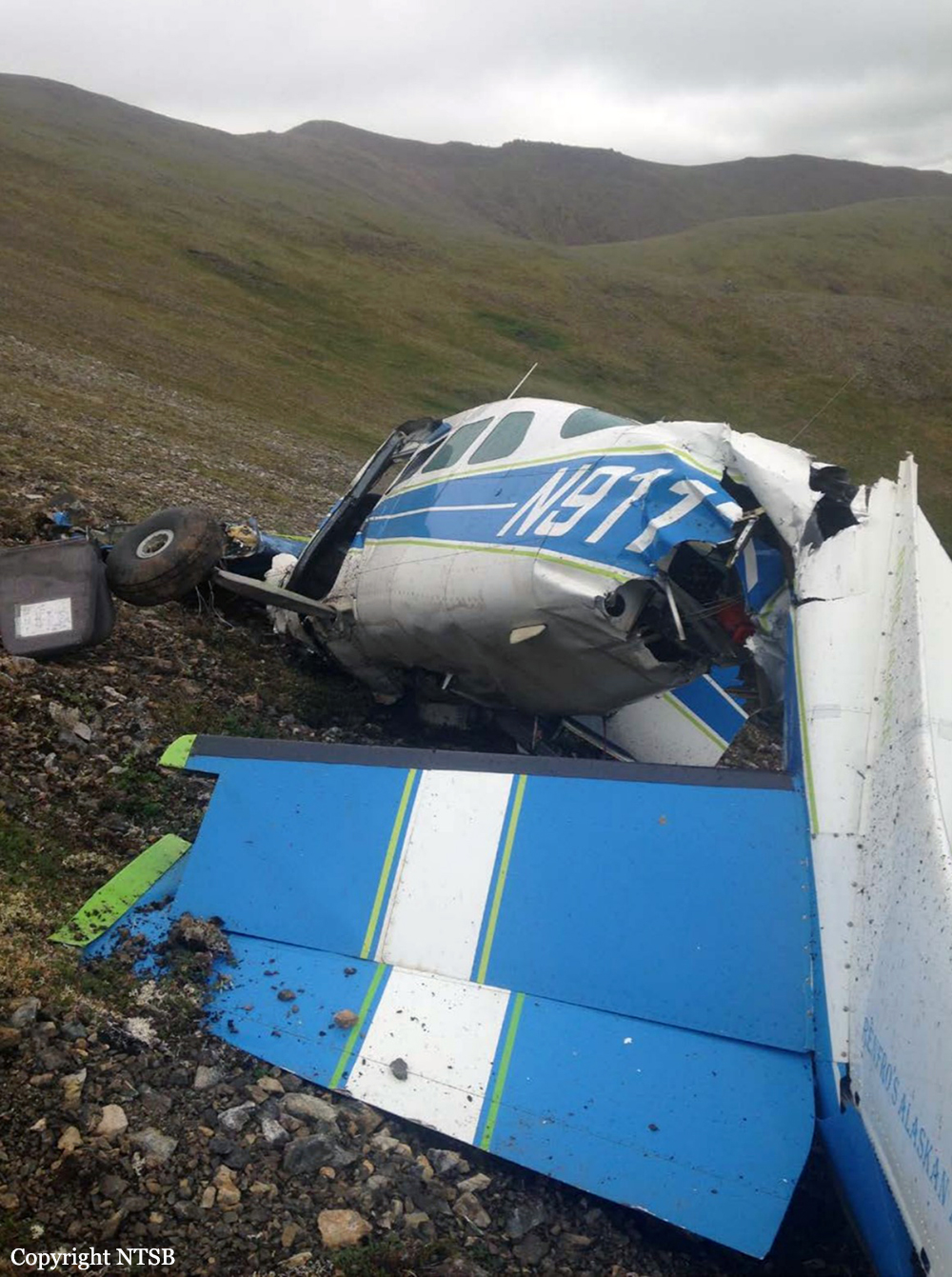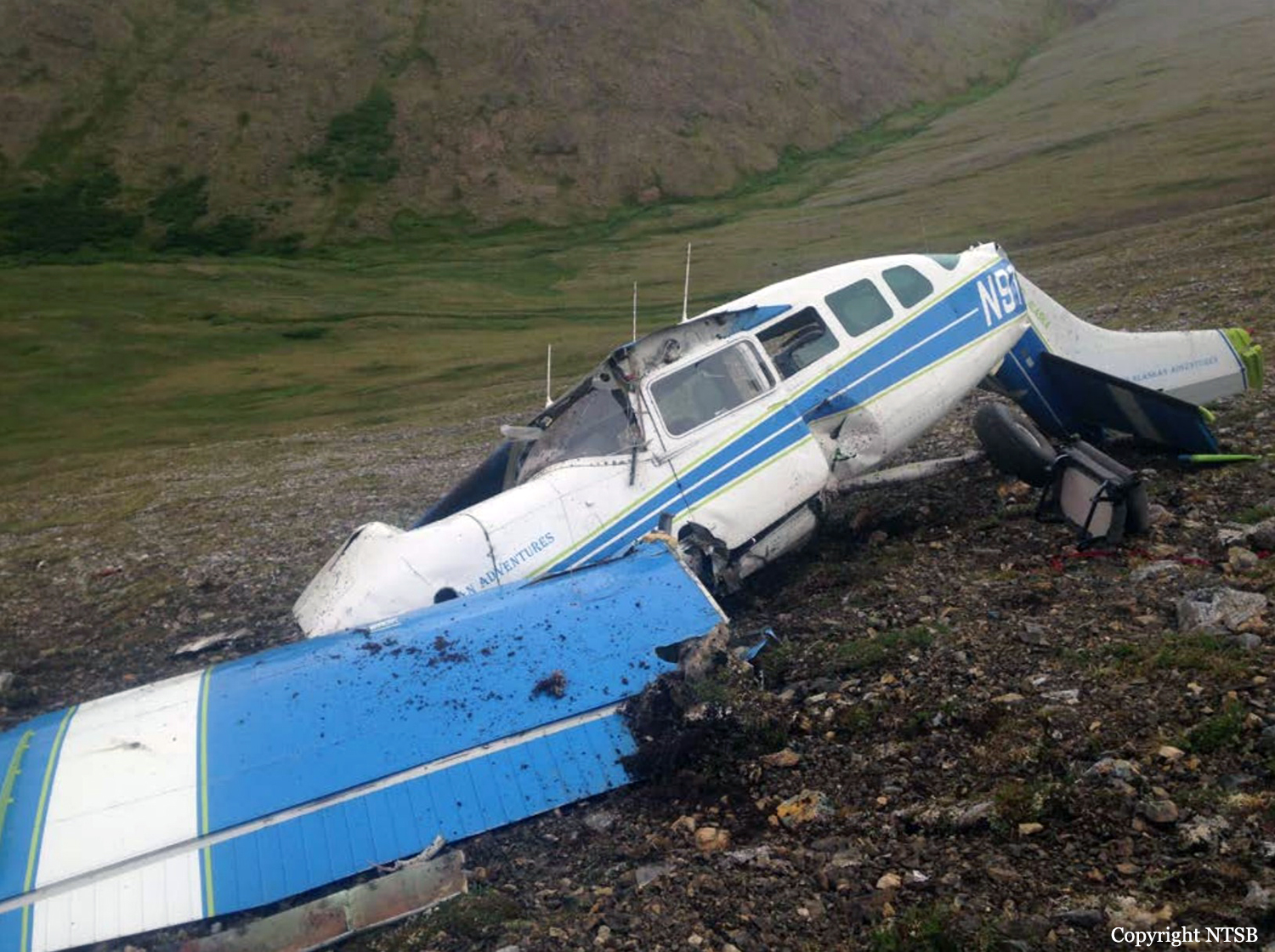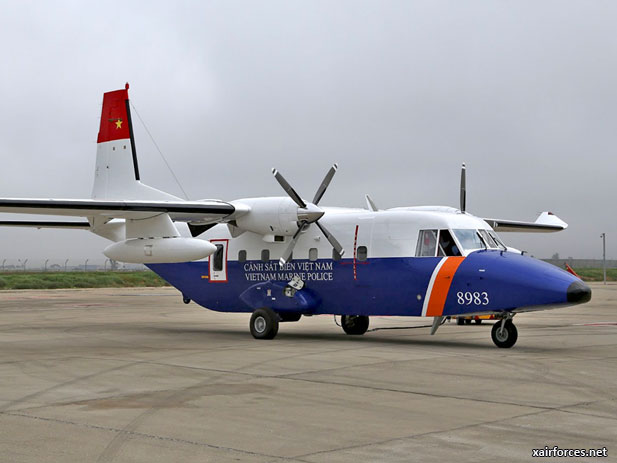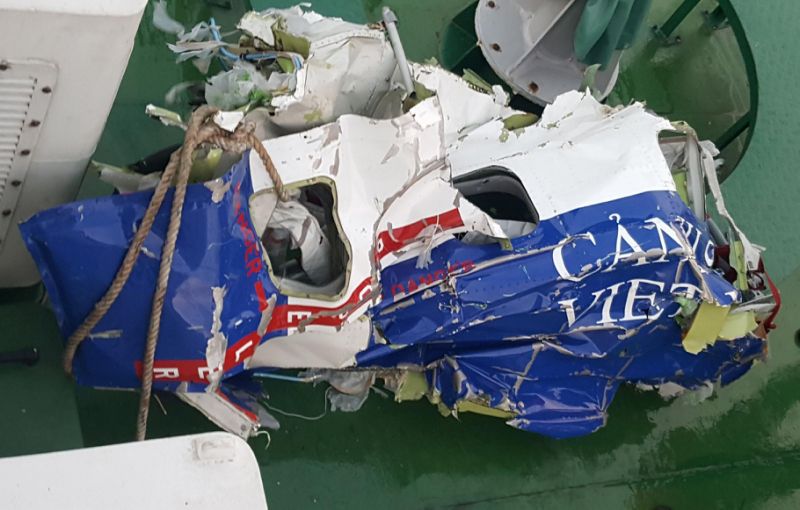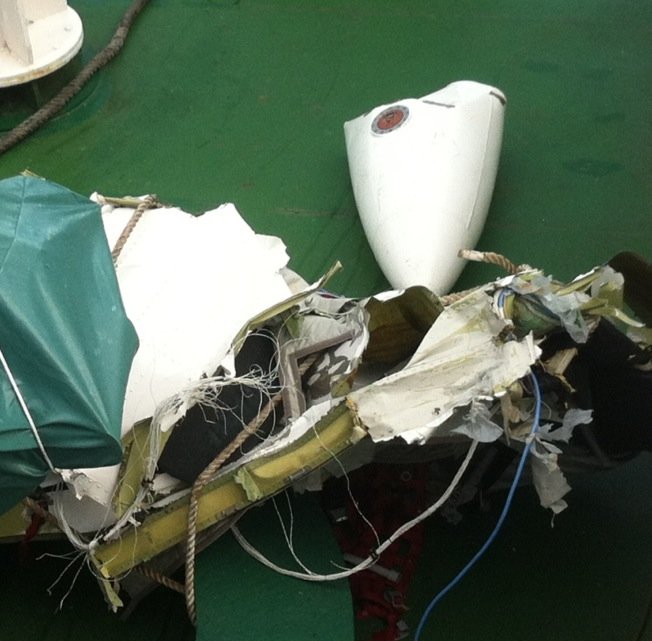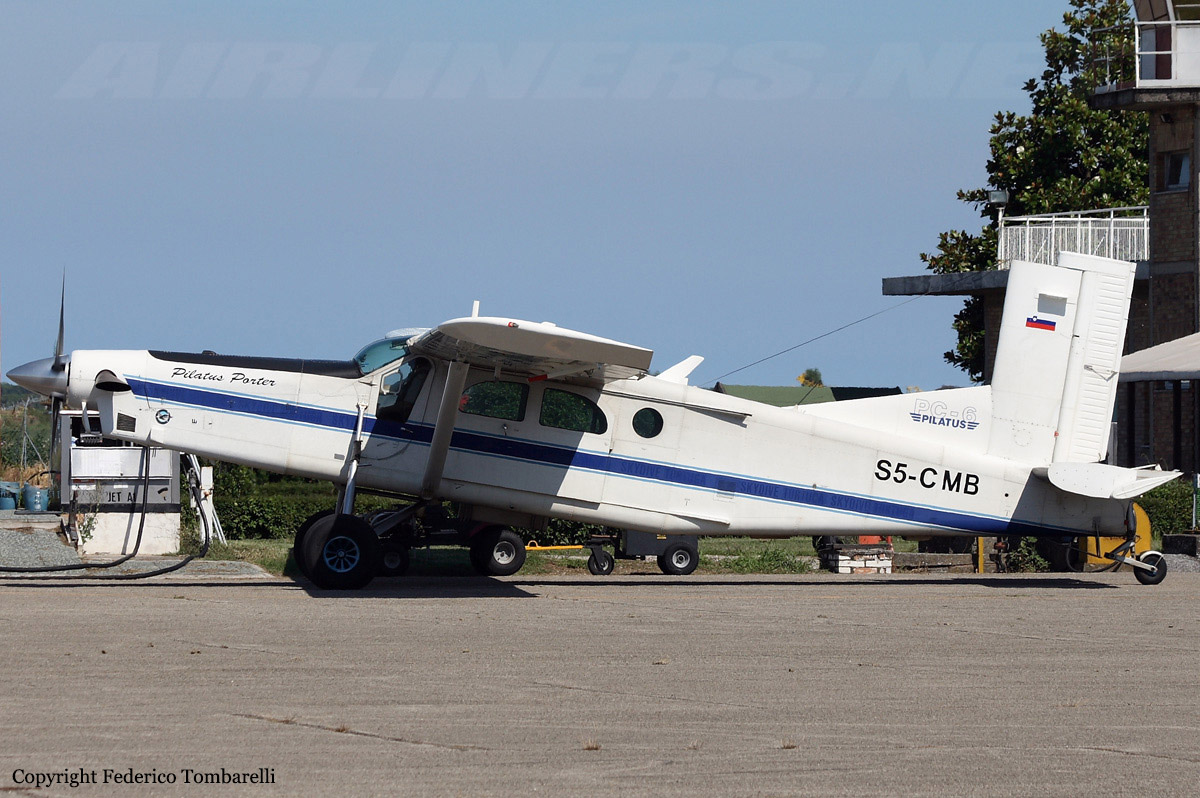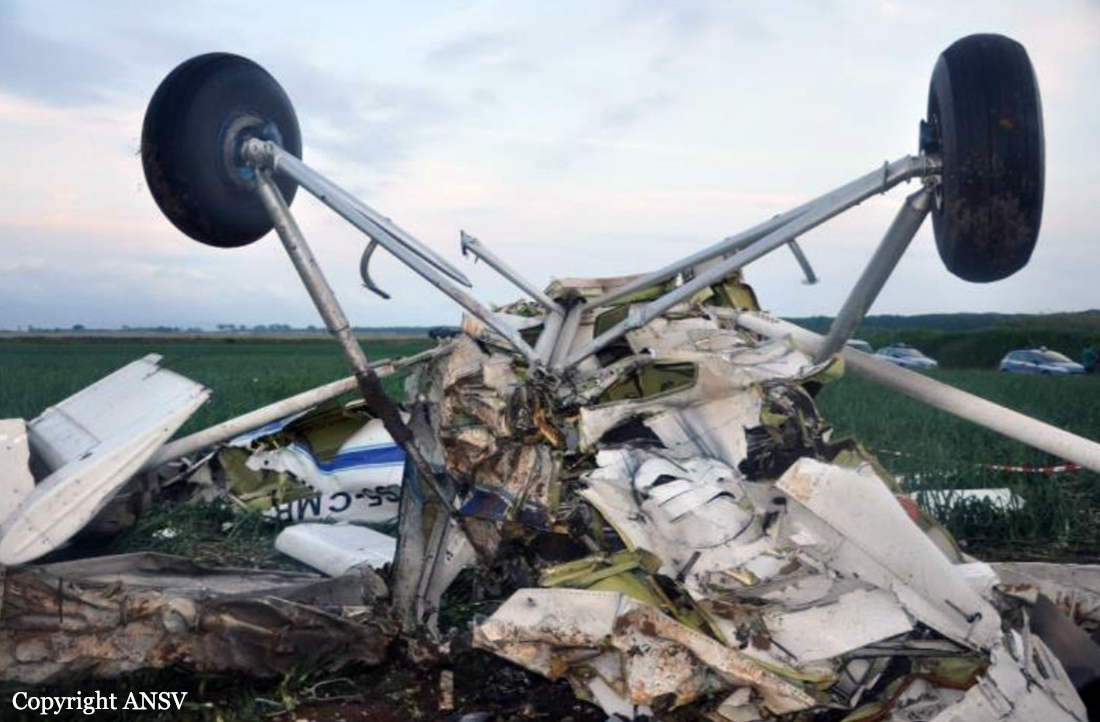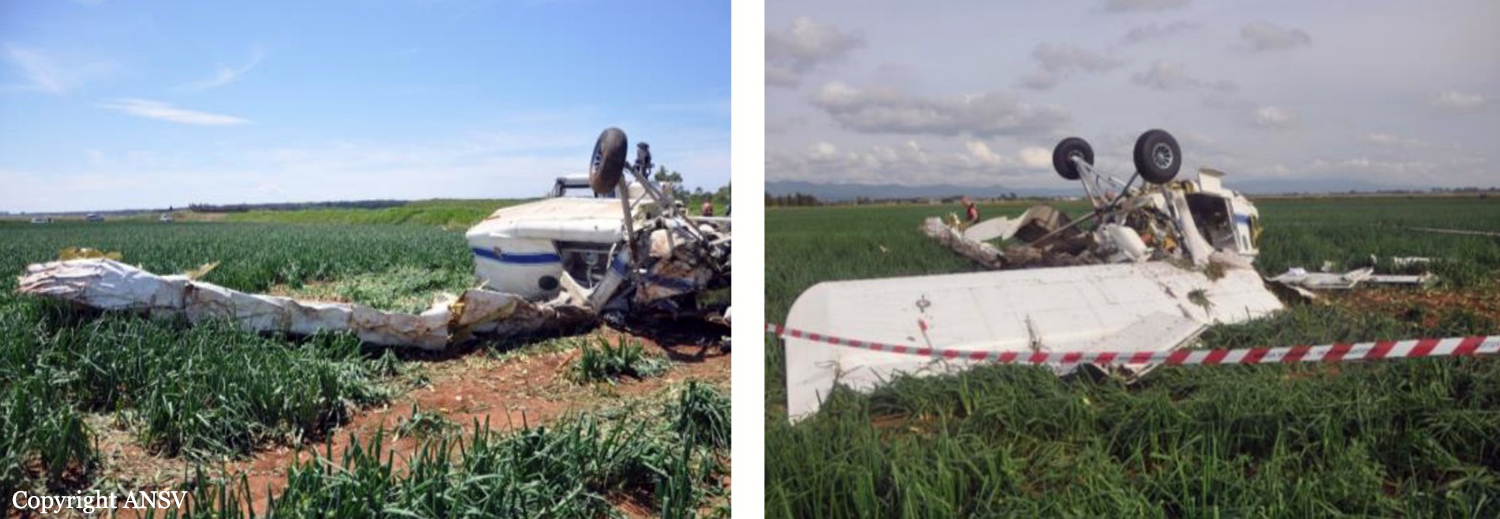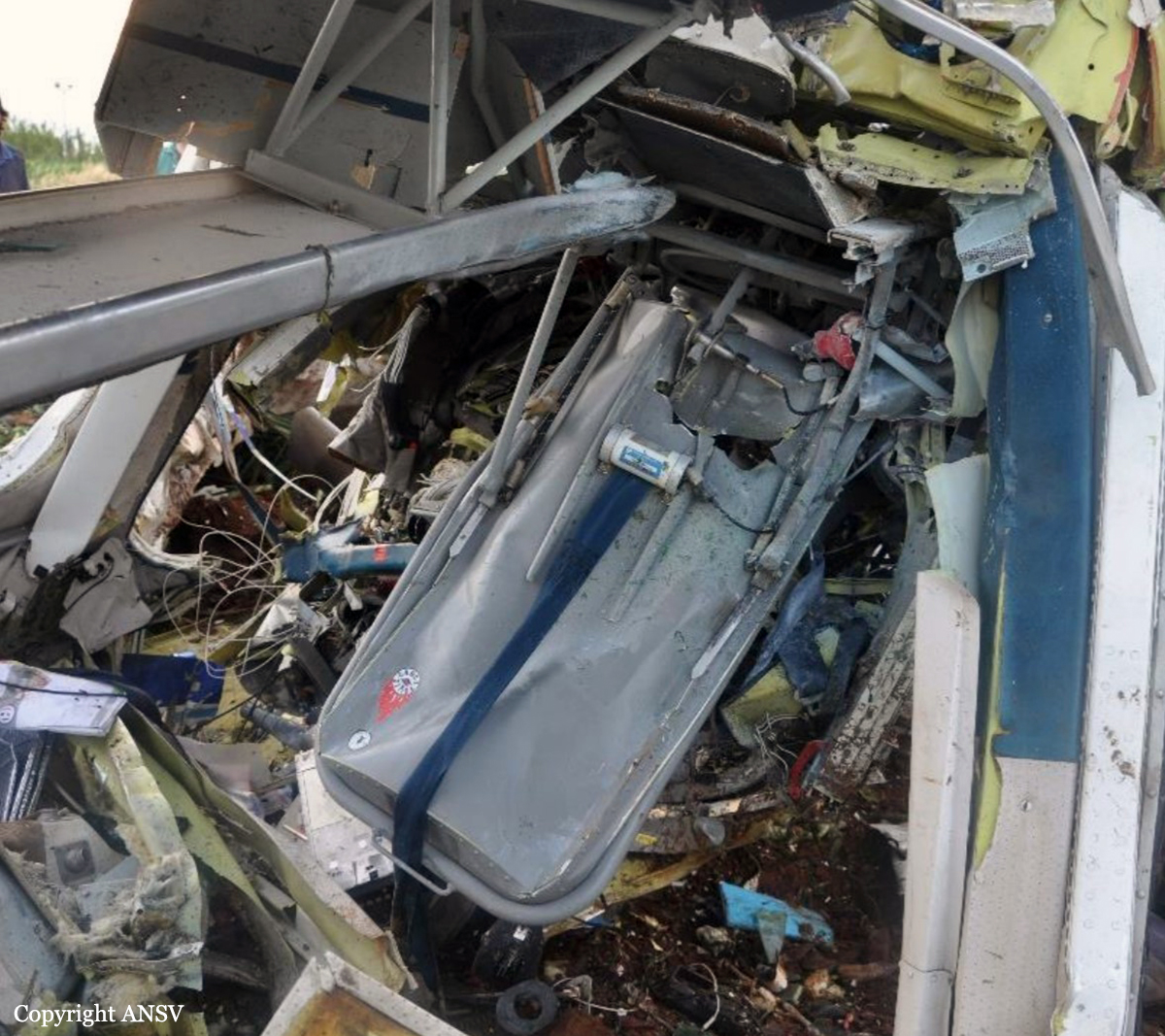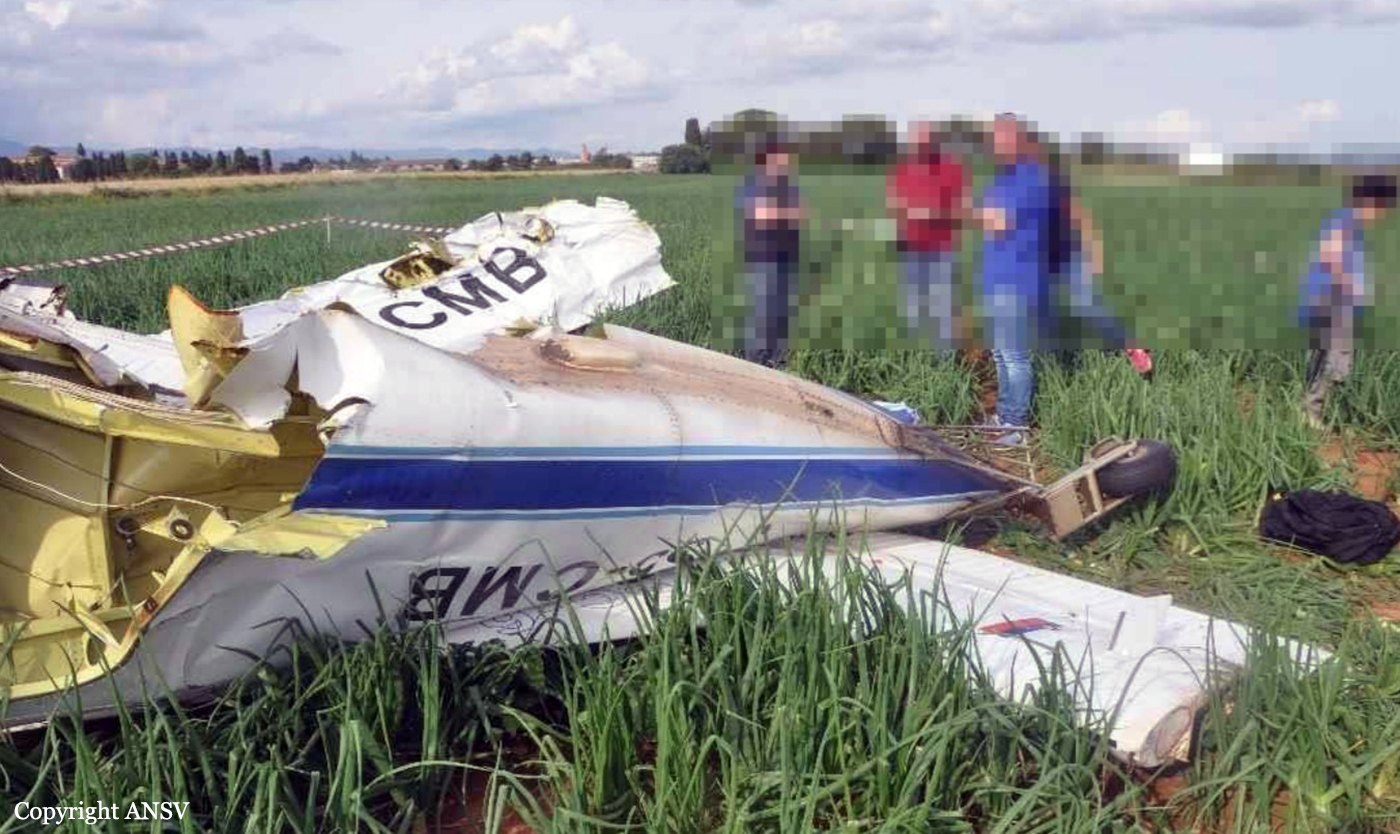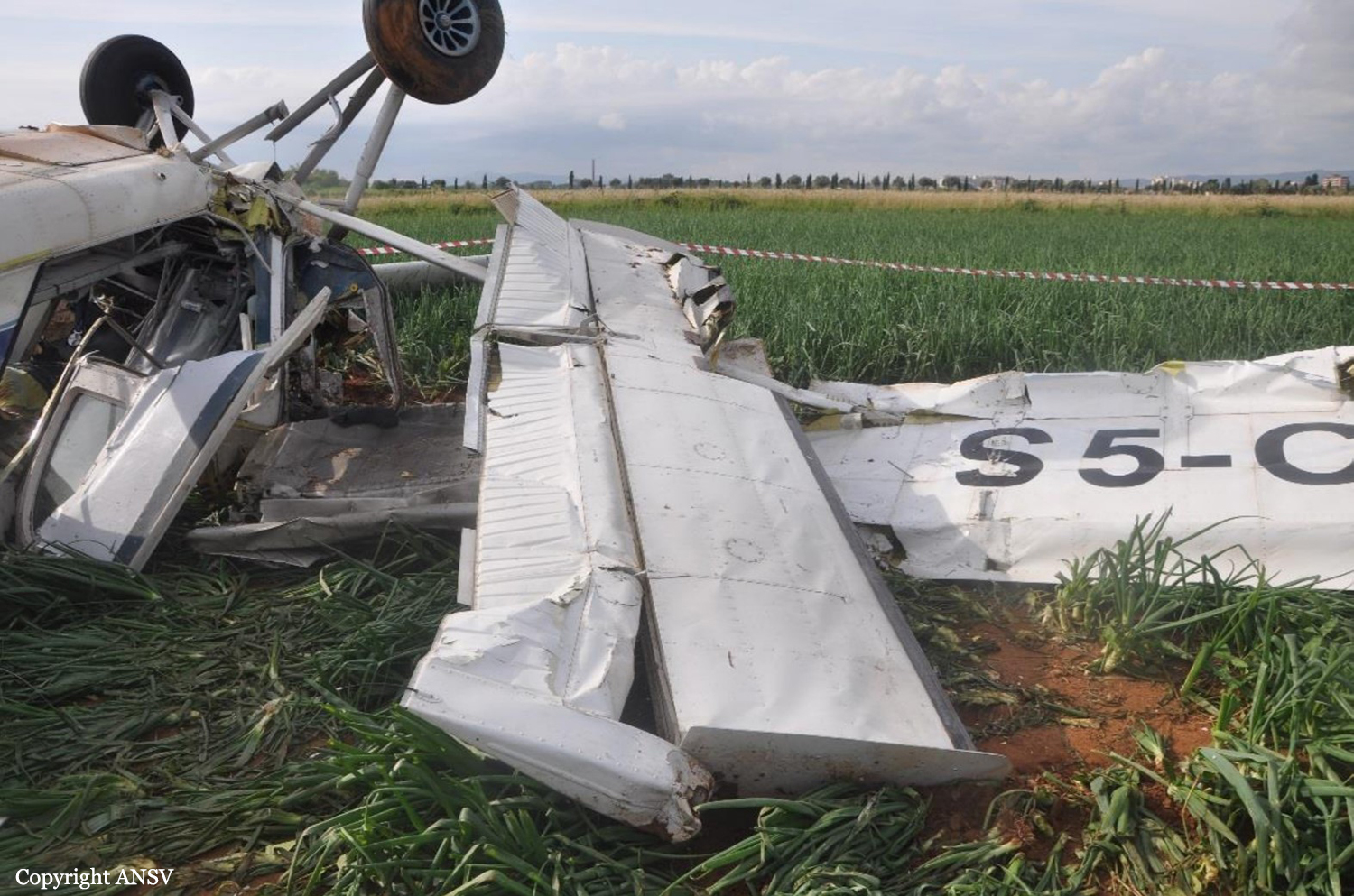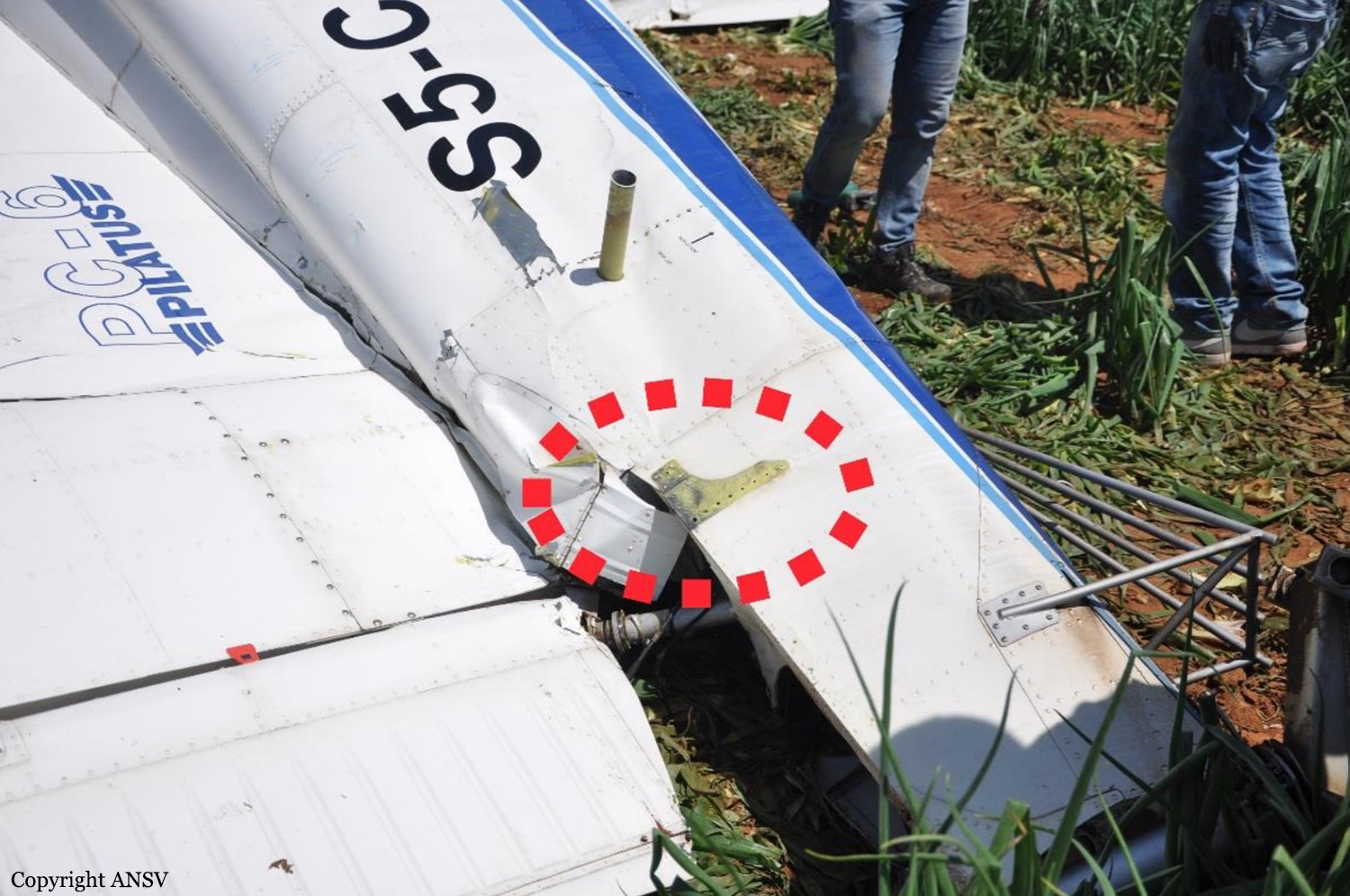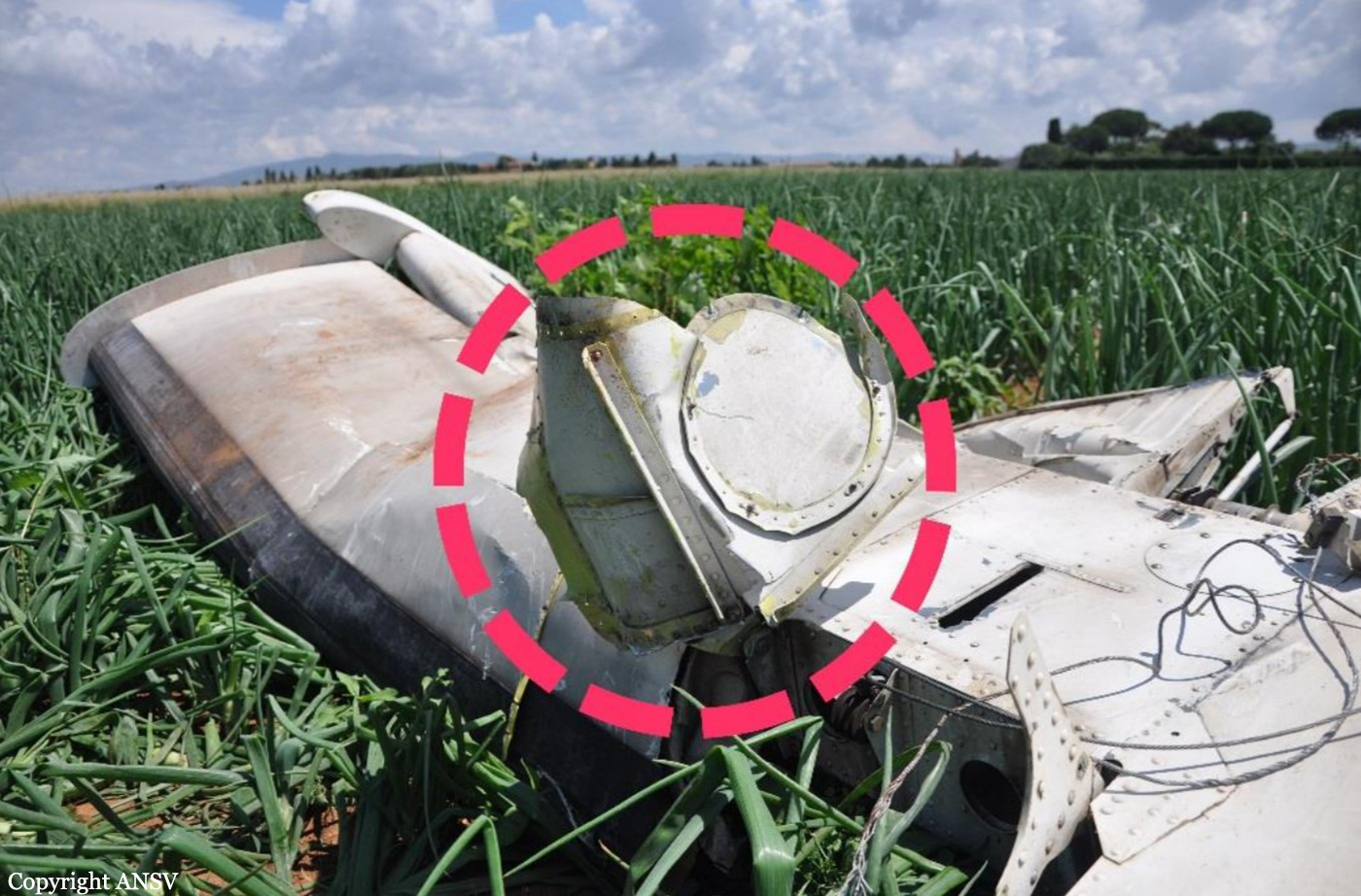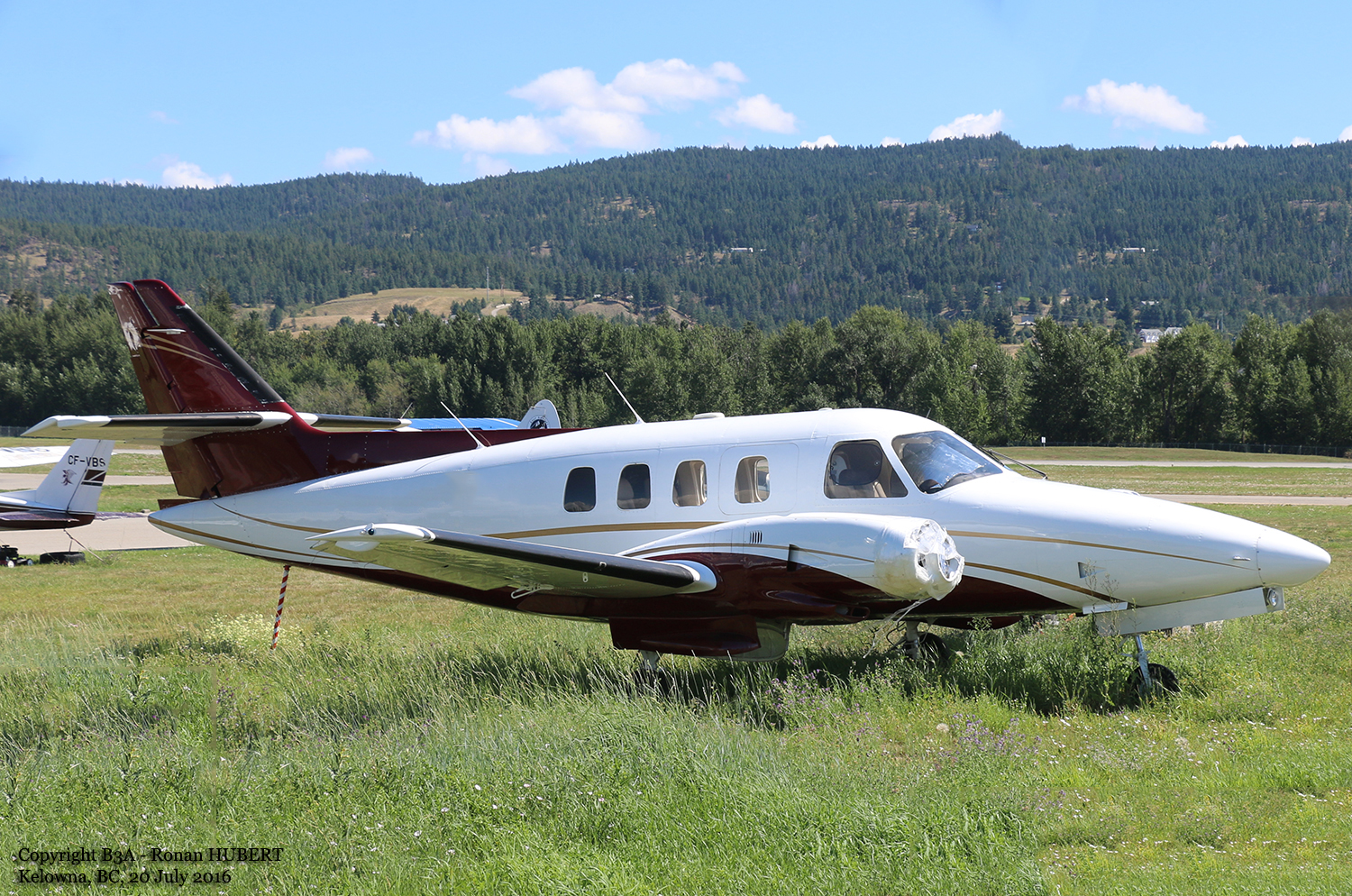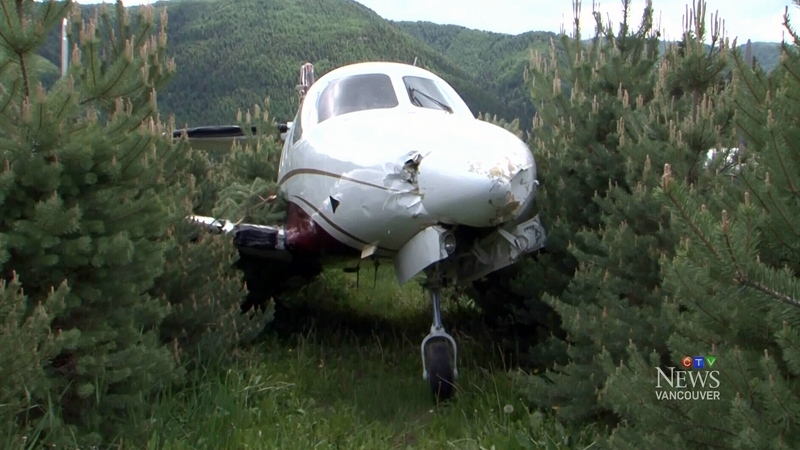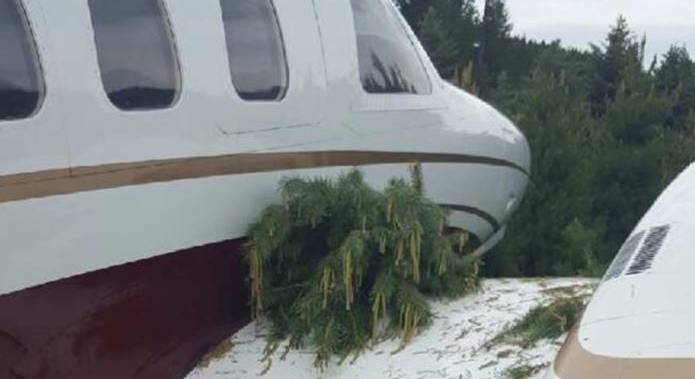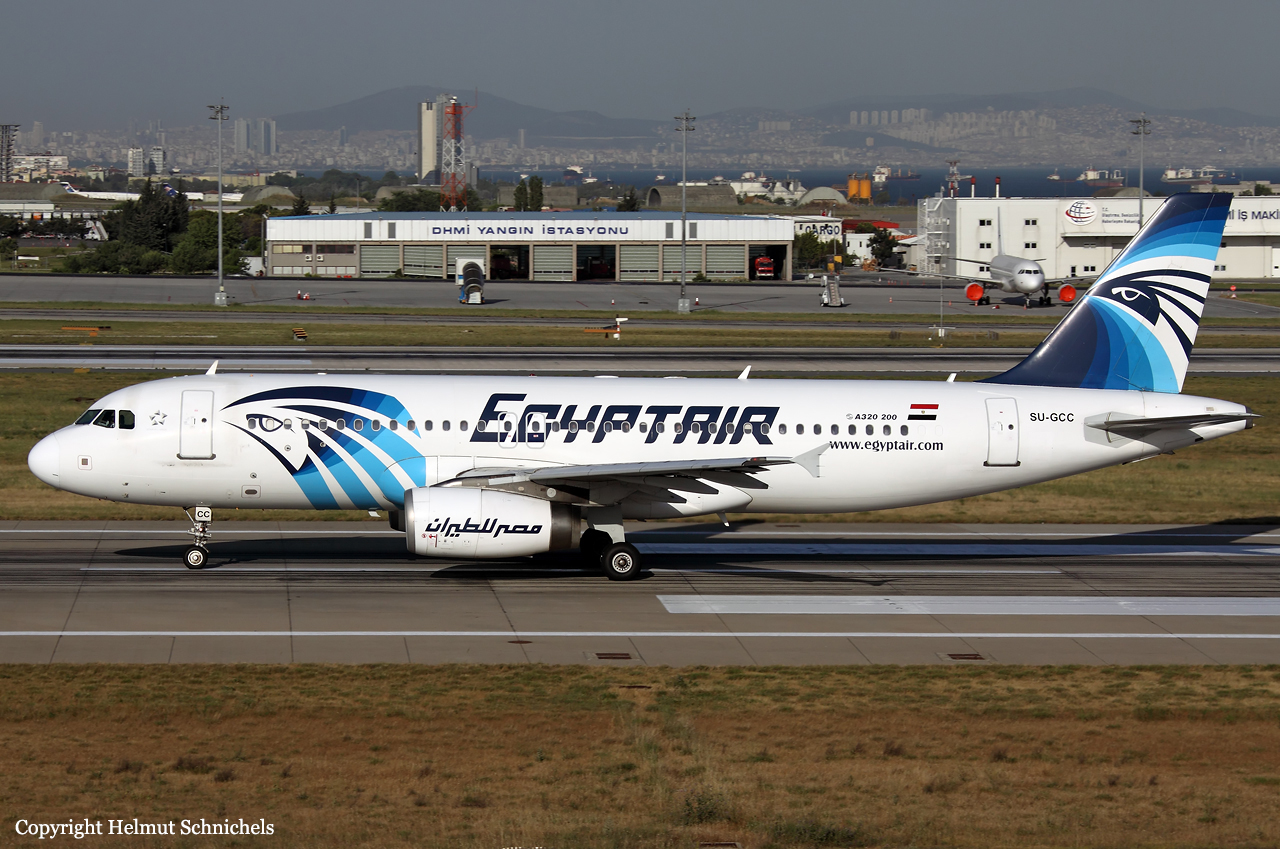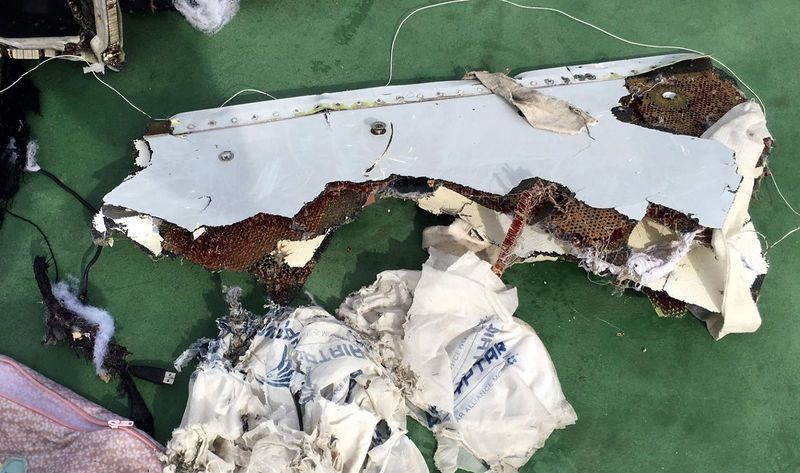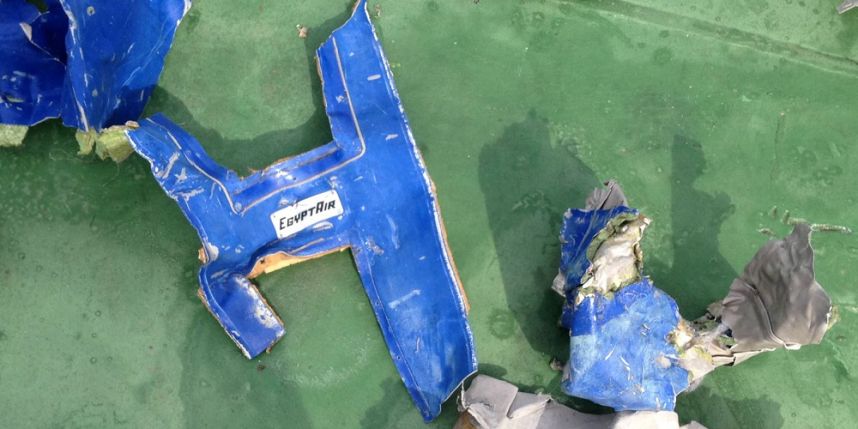Crash of a PZL-Mielec AN-2R in Novopokrovskoye: 2 killed
Date & Time:
Jun 30, 2016 at 0604 LT
Registration:
RA-33462
Survivors:
No
Schedule:
Novopokrovskoye - Novopokrovskoye
MSN:
1G228-12
YOM:
1988
Crew on board:
1
Crew fatalities:
Pax on board:
1
Pax fatalities:
Other fatalities:
Total fatalities:
2
Captain / Total hours on type:
2140.00
Aircraft flight hours:
3370
Circumstances:
The airplane was engaged in a crop spraying mission, carrying a load of herbicides, one passenger and one pilot. In the early morning, while completing a seventh low pass, at a height of about 20-40 metres, the pilot initiated a left turn when the aircraft descended to the ground and crashed at a speed of 140 km/h in an open field, bursting into flames. The aircraft was destroyed by impact forces and a post crash fire and both occupants were killed.
Probable cause:
Fatal accident with Аn-2 RA-33462 agricultural aircraft occurred during aerial works on crop-dusting and was caused most probably by the piloting error consisting in unintentional descent when performing a turn for the next crop-dusting round which resulted in the aircraft controlled flight into terrain.
Most probably, the following factors contributed to the accident:
- The PIC not trained for crop-dusting flight without first officer,
- The PIC conducting the flight with a passenger on first-officer’s seat,
- The presence of alcohol in PIC's and the passenger's bodies,
- A possible transfer of the aircraft control from PIC to the passenger (former An-2 pilot) made by PIC,
- Violations of An-2 AFM and FAR-128 requirements on maintaining heights, bank angles during turns and flight speed while crop-dusting,
- Krasny Kut Civil Aviation Flight School management not controlling crop-dusting operations at the fields.
Most probably, the following factors contributed to the accident:
- The PIC not trained for crop-dusting flight without first officer,
- The PIC conducting the flight with a passenger on first-officer’s seat,
- The presence of alcohol in PIC's and the passenger's bodies,
- A possible transfer of the aircraft control from PIC to the passenger (former An-2 pilot) made by PIC,
- Violations of An-2 AFM and FAR-128 requirements on maintaining heights, bank angles during turns and flight speed while crop-dusting,
- Krasny Kut Civil Aviation Flight School management not controlling crop-dusting operations at the fields.
Final Report:
